20 Of The Most Beautiful Nature Escapes Across The United States
Across the United States, nature reveals places so stunning they can stop you in your tracks.
Towering redwoods, misty waterfalls, sunlit canyons, and glassy alpine lakes showcase the country’s incredible diversity.
Each landscape offers its own kind of wonder – some wild and rugged, others calm and restorative – but all remind us how powerful the natural world can be.
1. Yellowstone National Park (Wyoming)
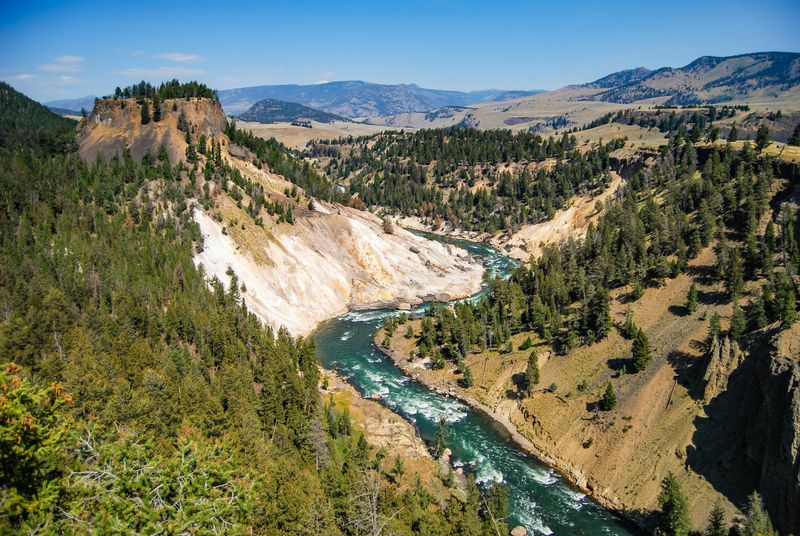
Geysers shooting steam hundreds of feet into the air might sound like something from a sci-fi movie, but they’re totally real here.
Old Faithful puts on a show every ninety minutes or so, and the colorful hot springs look like nature’s own paint palette.
Bison roam freely across meadows, and if you’re lucky, you might spot wolves or grizzly bears from a safe distance. The park spans three states and covers more land than Rhode Island and Delaware combined!
2. Yosemite National Park (California)
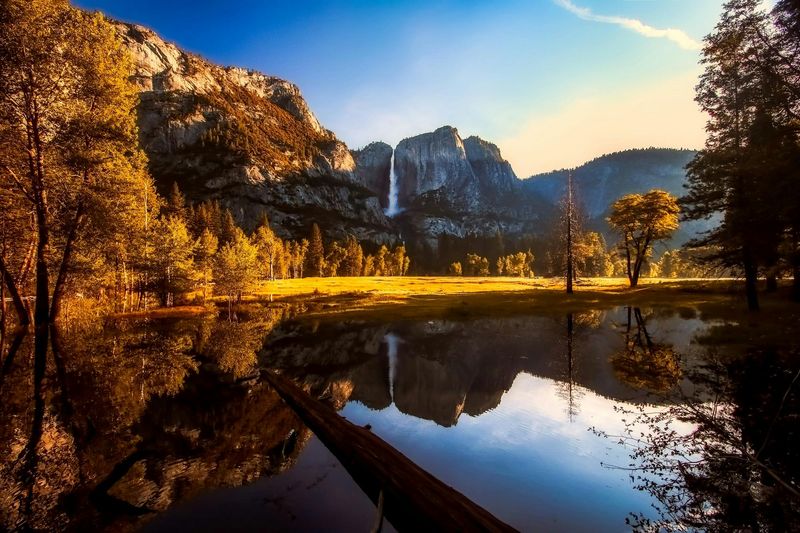
Granite cliffs tower nearly a mile straight up, making rock climbers feel like tiny ants on an enormous wall.
Half Dome’s distinctive shape has become one of the most photographed landmarks in America, and for good reason.
Waterfalls thunder down from dizzying heights, especially during spring snowmelt.
Sequoia groves shelter trees older than most civilizations, and the valley floor offers peaceful meadows perfect for picnicking beneath towering stone giants.
3. Glacier National Park (Montana)
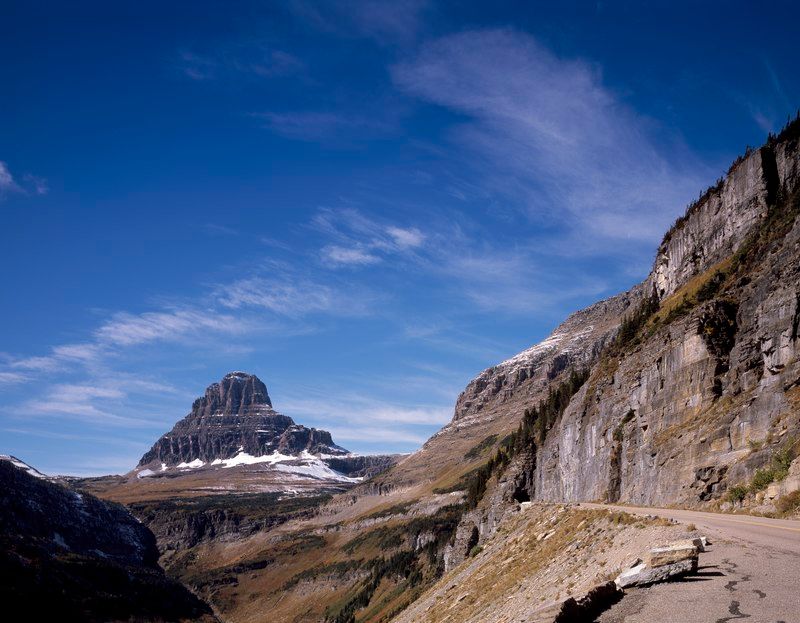
Turquoise lakes shimmer like liquid jewels nestled between rugged peaks that still hold ancient ice. Mountain goats casually stroll along cliff edges that would make most humans dizzy, acting like they own the place.
Going-to-the-Sun Road winds through fifty miles of breathtaking scenery that’ll have your camera working overtime.
Over seven hundred miles of trails lead adventurers through alpine meadows bursting with wildflowers each summer.
4. Great Smoky Mountains (Tennessee–North Carolina)
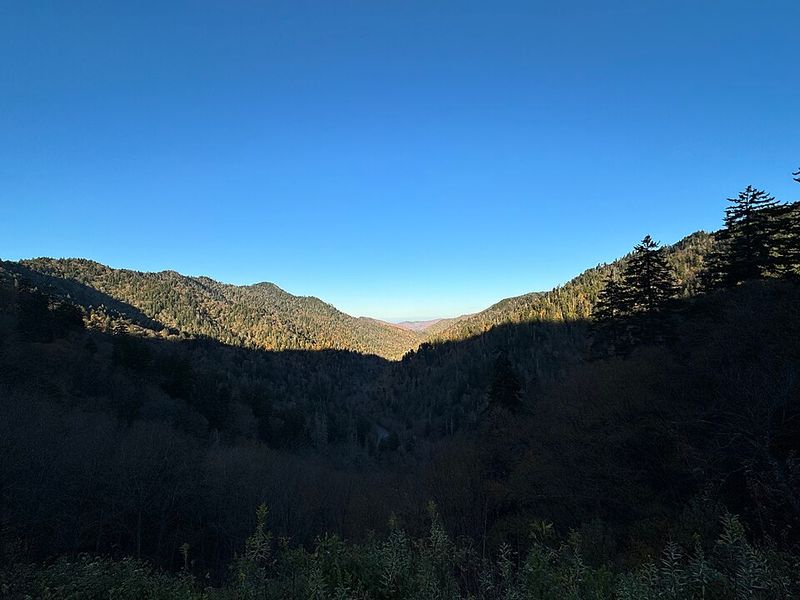
Morning mist blankets these ancient peaks like a soft blue quilt, creating the smoky appearance that inspired their name.
Black bears outnumber people in some areas, making this one of the best spots for wildlife watching in the eastern states.
Autumn transforms the forests into an explosion of reds, oranges, and golds that attract millions of visitors. Free admission makes this America’s most visited national park!
5. Grand Teton National Park (Wyoming)
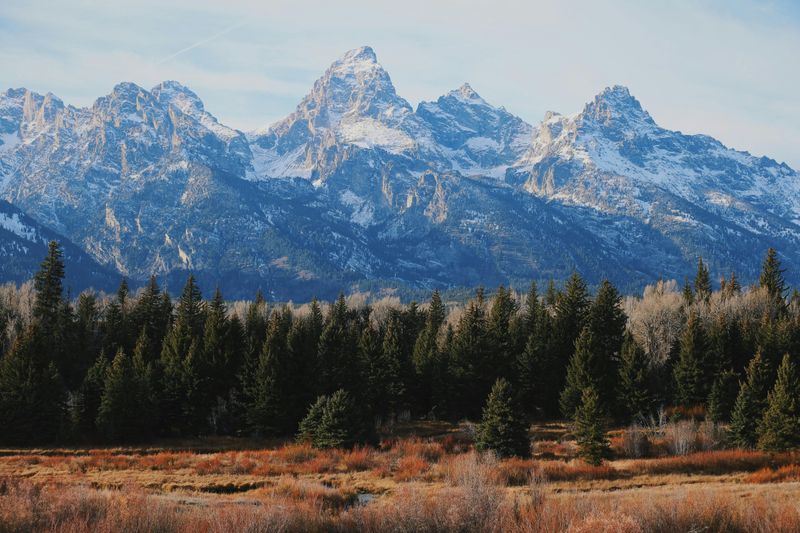
Jagged peaks shoot straight up from the valley floor without any foothills to soften their dramatic entrance. These mountains don’t mess around with gradual approaches – they command attention immediately.
Crystal-clear lakes mirror the towering summits, creating postcard-perfect reflections that photographers dream about.
Moose wade through marshy areas munching on aquatic plants, while eagles soar overhead scanning for their next meal below.
6. Acadia National Park (Maine)
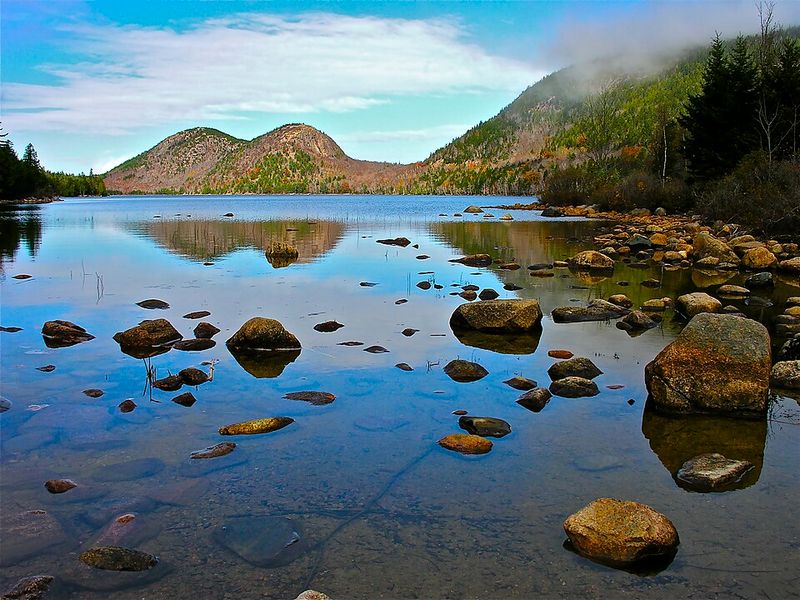
Where mountains meet the Atlantic Ocean, rocky coastlines create a dramatic backdrop for crashing waves and salty sea spray.
Cadillac Mountain claims the title of first place in the continental U.S. to see sunrise during certain months.
Carriage roads wind through forests ablaze with autumn colors, offering car-free paths perfect for biking or leisurely walks.
7. Zion National Park (Utah)
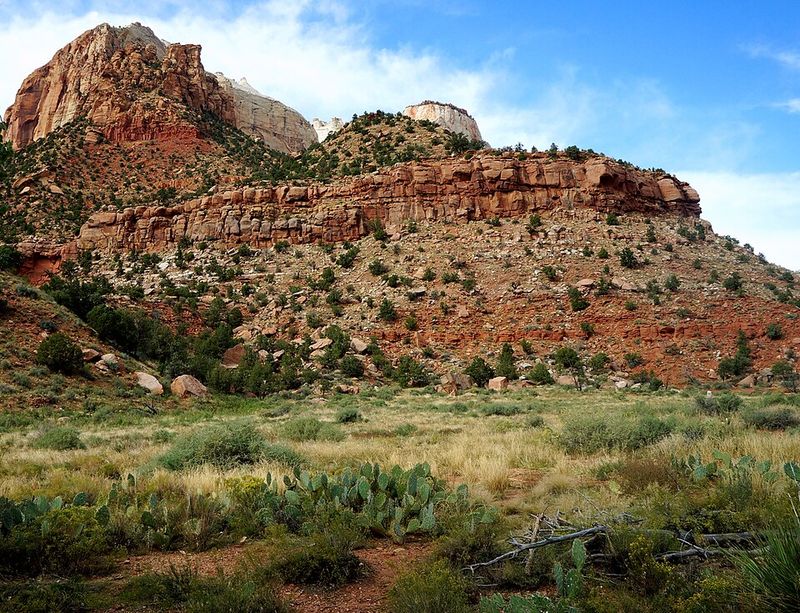
Sandstone cliffs glow brilliant shades of red, orange, and pink, especially during golden hour when the sun paints them with warm light.
Angels Landing trail tests brave hikers with steep drop-offs and chain-assisted climbing sections that definitely aren’t for the faint-hearted.
The Narrows forces adventurers to wade through a river between towering canyon walls, creating an unforgettable experience where water becomes the trail itself.
8. Rocky Mountain National Park (Colorado)
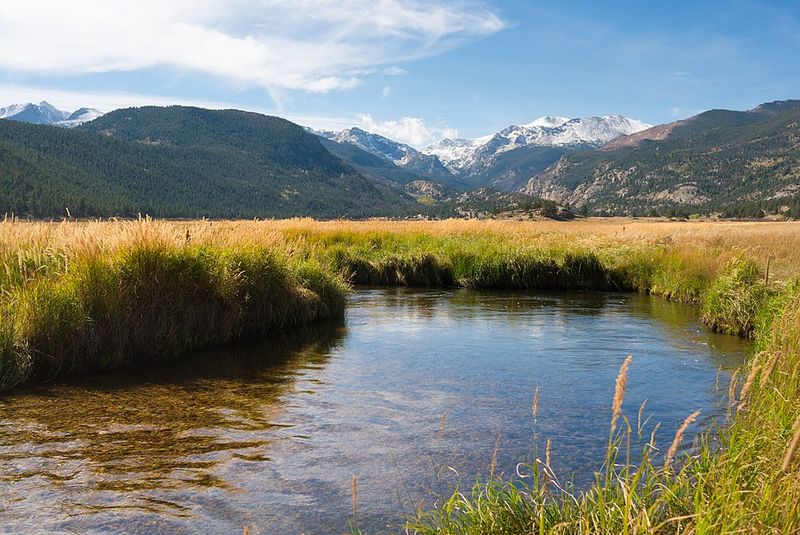
Trail Ridge Road climbs above twelve thousand feet, letting visitors experience alpine tundra without breaking a sweat.
Elk bugle during autumn mating season, filling mountain valleys with their haunting calls that echo off granite walls.
Over four hundred miles of trails range from easy lakeside strolls to challenging peak climbs. Wildflower meadows explode with color each July, attracting photographers and nature lovers from around the globe.
9. Olympic National Park (Washington)
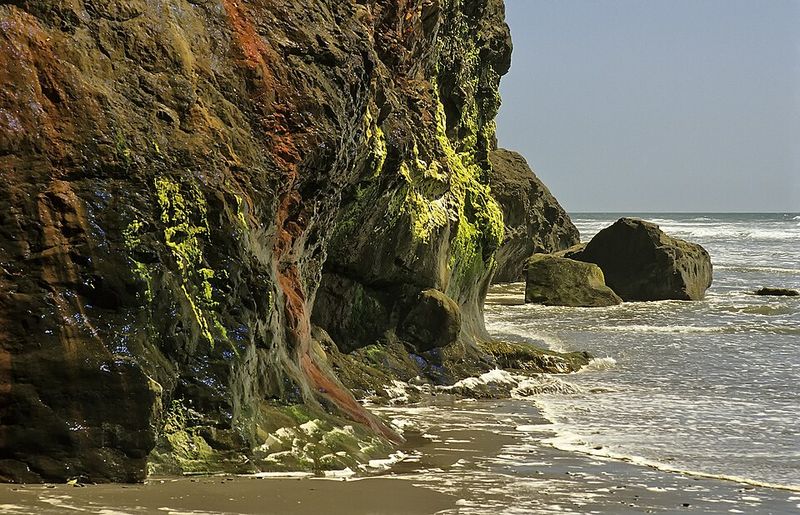
Three distinct ecosystems exist within one park – temperate rainforests dripping with moss, rugged Pacific coastline, and glacier-capped mountains.
Hoh Rainforest receives over twelve feet of rain annually, creating an enchanted landscape where everything grows super-sized and emerald green.
Sea stacks rise dramatically from the ocean along beaches scattered with driftwood. Mountain goats navigate steep slopes while Roosevelt elk roam ancient forests below.
10. Denali National Park (Alaska)
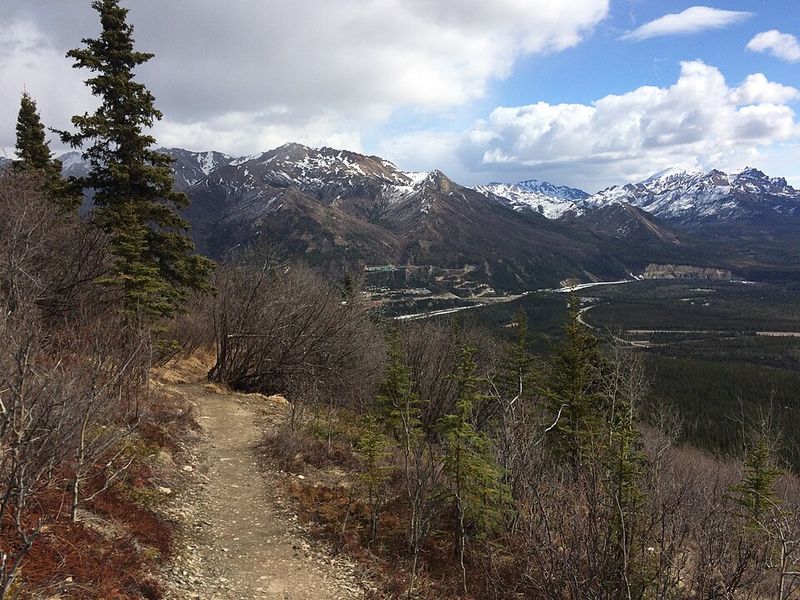
North America’s tallest peak dominates the landscape at over twenty thousand feet, though clouds hide its summit about seventy percent of the time.
Grizzly bears dig for roots across tundra plains while caribou migrate in massive herds that stretch across the horizon.
Six million acres of wilderness remain largely roadless, accessible only by foot, preserving wild Alaska as nature intended it to stay.
11. Big Sur (California)
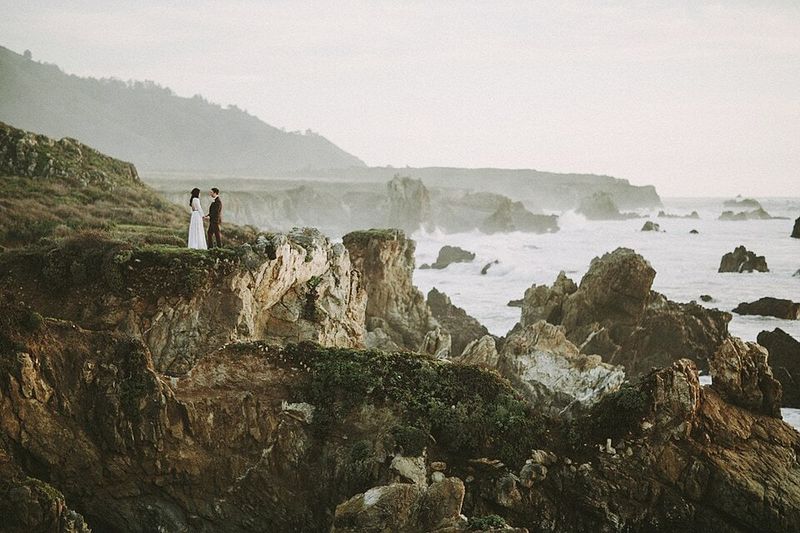
Highway 1 hugs steep cliffs where mountains plunge dramatically into the Pacific Ocean, creating one of America’s most scenic drives.
Bixby Bridge arches gracefully over a canyon, offering photo opportunities that fill up memory cards quickly.
Redwood groves provide shaded hiking through ancient trees while sea otters float playfully in kelp forests offshore. Fog rolls in like a living thing, transforming the coastline into something mysterious and magical.
12. Shenandoah National Park (Virginia)
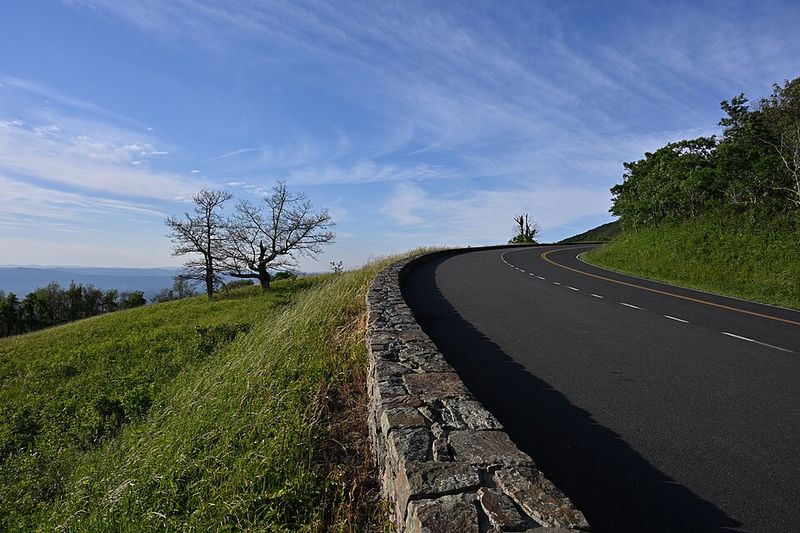
Skyline Drive stretches for one hundred and five miles along mountain ridges, offering seventy-five overlooks where you can pull over and soak in panoramic views.
Black bears are frequently spotted munching on berries, especially during late summer when they’re fattening up for winter.
Waterfalls tumble down rocky slopes, and over five hundred miles of trails include a section of the famous Appalachian Trail running through the park.
13. Lake Tahoe (California–Nevada)
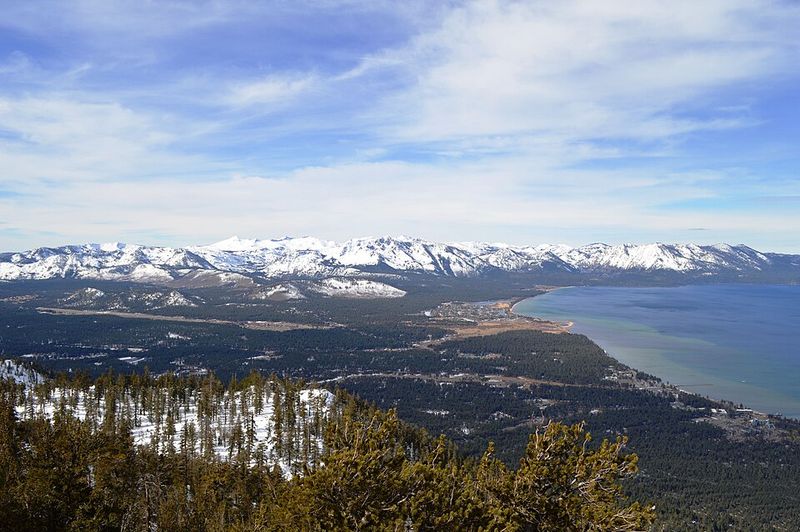
Crystal-clear water reveals rocks and fish far below the surface in what’s considered one of America’s clearest lakes.
The alpine lake straddles two states and sits at an elevation where winter brings world-class skiing while summer offers perfect beach weather.
Emerald Bay’s stunning turquoise waters and tiny island create Instagram-worthy scenes that look almost too beautiful to be real. Hiking trails circle the entire shoreline for serious adventurers.
14. Sedona Red Rocks (Arizona)
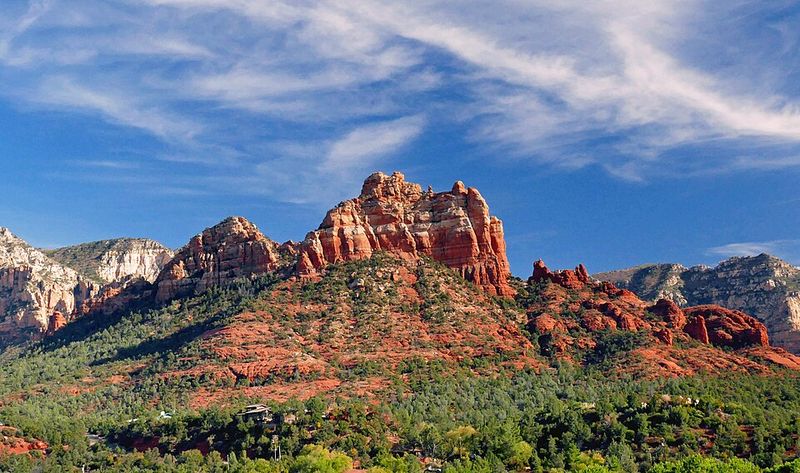
Rust-colored rock formations rise from the desert floor like ancient sculptures carved by wind and water over millions of years.
Cathedral Rock reflects perfectly in Oak Creek, especially during sunset when the rocks practically glow with fiery intensity.
Many visitors claim the area holds special spiritual energy, making it popular for meditation and yoga. Hiking trails wind between towering spires, offering adventures for all skill levels.
15. Everglades National Park (Florida)
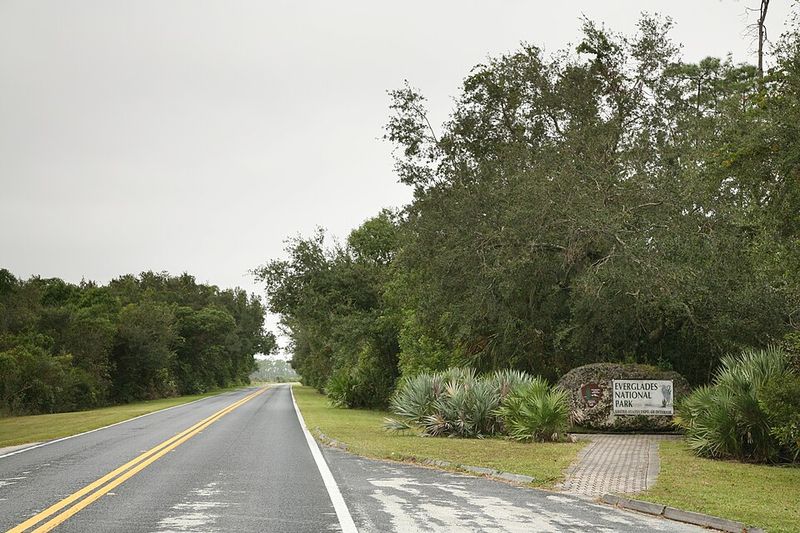
Sawgrass prairies stretch endlessly across what’s actually a slow-moving river flowing toward the sea.
Alligators sunbathe along waterways while roseate spoonbills and great blue herons wade through shallows hunting for fish.
Kayaking through mangrove tunnels feels like entering another world where nature calls all the shots.
This subtropical wilderness protects endangered species like the Florida panther and American crocodile in their natural habitat.
16. Mount Rainier National Park (Washington)
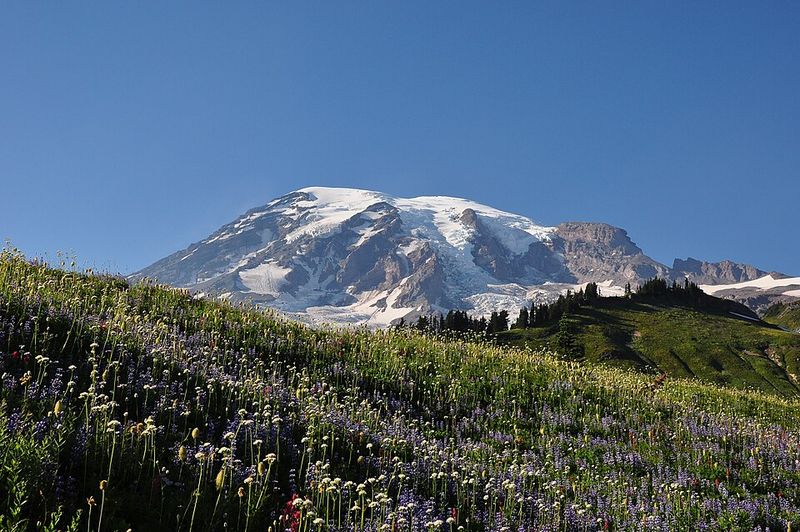
An active volcano towers over fourteen thousand feet, wearing a permanent crown of glaciers and snow that feeds dozens of rivers below.
Paradise area lives up to its name during summer when wildflowers carpet meadows in every color imaginable.
Twenty-five major glaciers blanket the mountain, making it the most glaciated peak in the lower forty-eight states.
Marmots whistle warnings to each other while mountain goats scale impossible-looking slopes with casual confidence.
17. Badlands National Park (South Dakota)
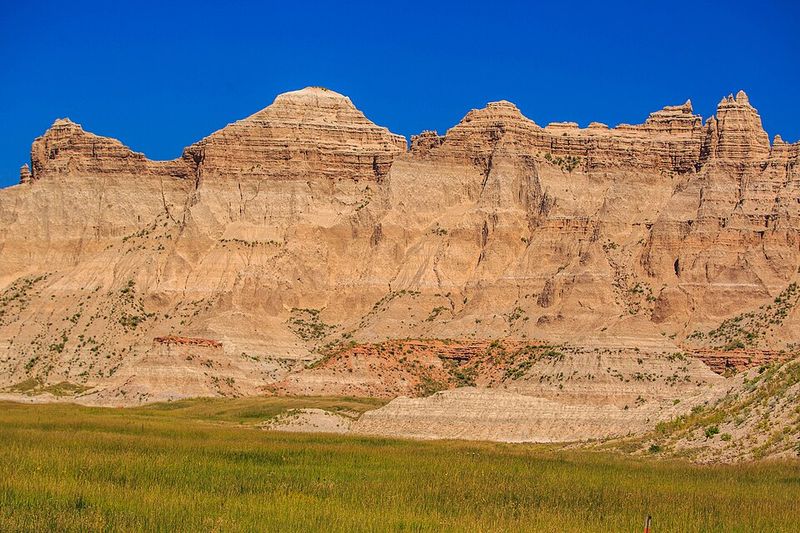
Eroded buttes and pinnacles create an otherworldly landscape that looks more like Mars than Earth. Layered rock formations reveal millions of years of geological history in stripes of tan, red, gray, and white.
Bison herds roam the mixed-grass prairie while bighorn sheep navigate steep cliffs with surprising agility.
Fossil beds here contain ancient mammals like three-toed horses and saber-toothed cats that roamed this area long ago.
18. White Sands National Park (New Mexico)
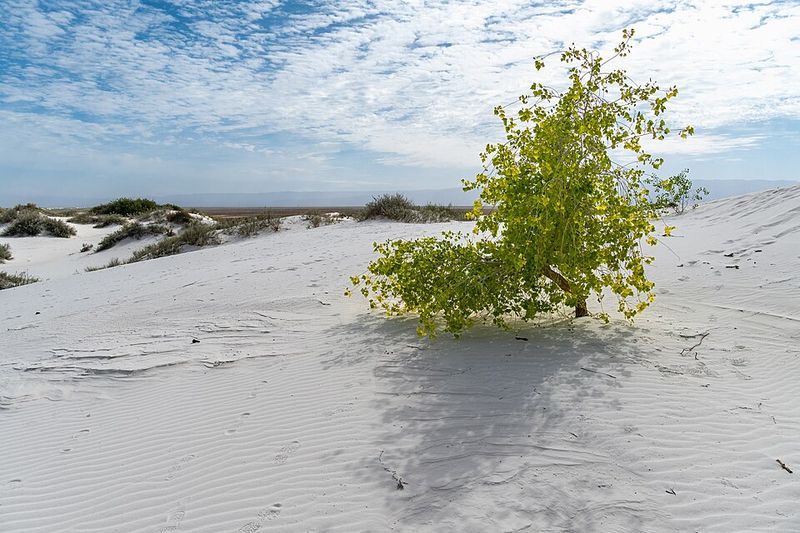
Pure white gypsum sand creates the world’s largest dune field of its kind, stretching across hundreds of square miles.
The sand stays cool even under intense desert sun because gypsum doesn’t absorb heat like regular sand does.
Kids and adults alike grab sleds to surf down dunes, making this one of the few parks where sledding happens in summer.
Sunset paints the white landscape in pastel pinks and purples that photographers absolutely adore.
19. Kauai’s Nā Pali Coast (Hawaii)
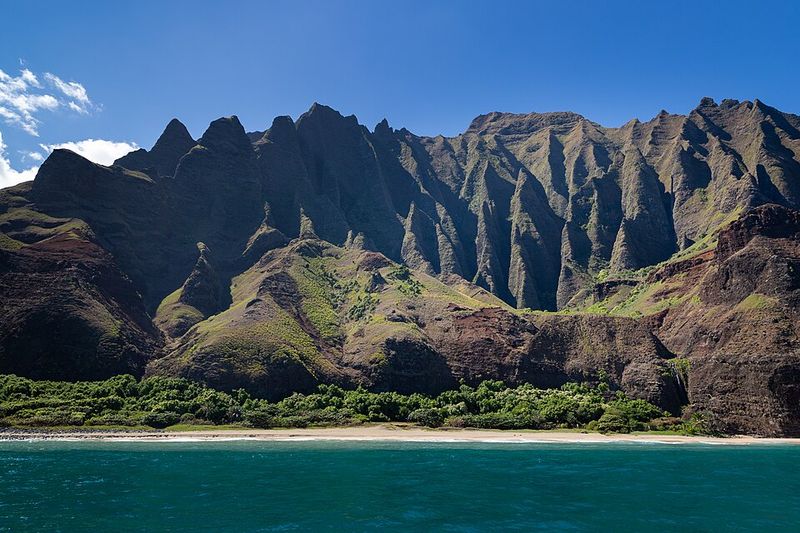
Emerald cliffs plunge thousands of feet straight into the Pacific Ocean, creating one of the world’s most dramatic coastlines.
Waterfalls cascade down fluted ridges covered in tropical vegetation so lush it looks prehistoric.
Accessible only by boat, helicopter, or challenging hiking trail, this remote paradise rewards adventurous souls with views that’ll stay burned into memory forever.
20. Adirondack Mountains (New York)
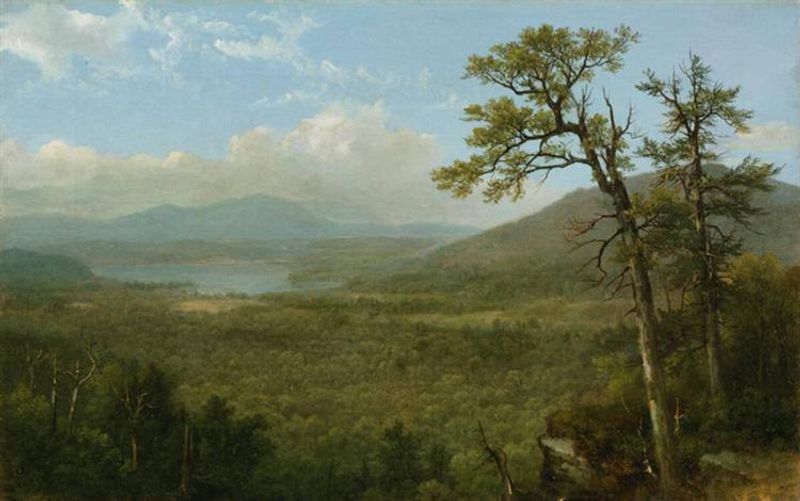
Six million acres of protected wilderness make this park larger than Yellowstone, Yosemite, Grand Canyon, and Glacier combined.
Over three thousand lakes and ponds dot the landscape, offering endless opportunities for canoeing, fishing, or simply sitting peacefully by the water.
Forty-six high peaks challenge serious hikers while easier trails wind through forests that explode with autumn colors. Charming small towns scattered throughout provide cozy bases for exploration.





